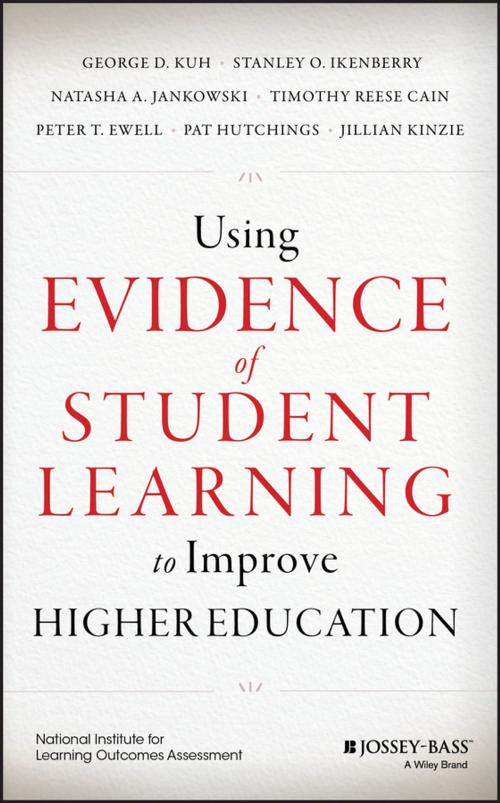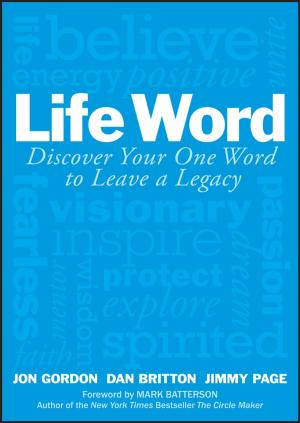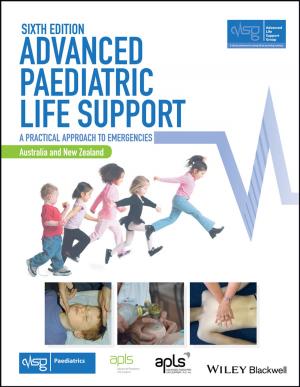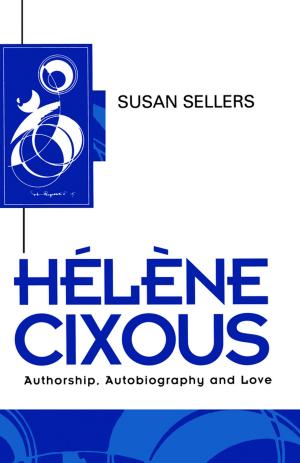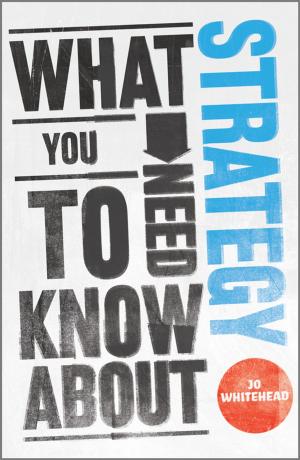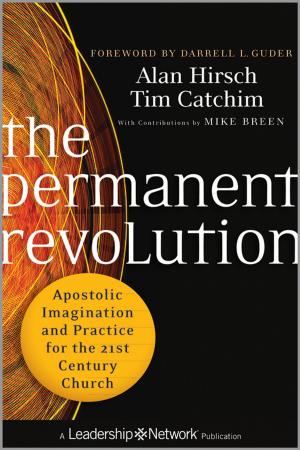Using Evidence of Student Learning to Improve Higher Education
Nonfiction, Reference & Language, Education & Teaching, Educational Theory, Evaluation| Author: | George D. Kuh, Stanley O. Ikenberry, Timothy Reese Cain, Ewell, Pat Hutchings, Jillian Kinzie, Natasha A. Jankowski | ISBN: | 9781118903667 |
| Publisher: | Wiley | Publication: | December 9, 2014 |
| Imprint: | Jossey-Bass | Language: | English |
| Author: | George D. Kuh, Stanley O. Ikenberry, Timothy Reese Cain, Ewell, Pat Hutchings, Jillian Kinzie, Natasha A. Jankowski |
| ISBN: | 9781118903667 |
| Publisher: | Wiley |
| Publication: | December 9, 2014 |
| Imprint: | Jossey-Bass |
| Language: | English |
American higher education needs a major reframing of student learning outcomes assessment
Dynamic changes are underway in American higher education. New providers, emerging technologies, cost concerns, student debt, and nagging doubts about quality all call out the need for institutions to show evidence of student learning. From scholars at the National Institute for Learning Outcomes Assessment (NILOA), Using Evidence of Student Learning to Improve Higher Education presents a reframed conception and approach to student learning outcomes assessment. The authors explain why it is counterproductive to view collecting and using evidence of student accomplishment as primarily a compliance activity.
Today's circumstances demand a fresh and more strategic approach to the processes by which evidence about student learning is obtained and used to inform efforts to improve teaching, learning, and decision-making. Whether you're in the classroom, an administrative office, or on an assessment committee, data about what students know and are able to do are critical for guiding changes that are needed in institutional policies and practices to improve student learning and success.
Use this book to:
- Understand how and why student learning outcomes assessment can enhance student accomplishment and increase institutional effectiveness
- Shift the view of assessment from being externally driven to internally motivated
- Learn how assessment results can help inform decision-making
- Use assessment data to manage change and improve student success
Gauging student learning is necessary if institutions are to prepare students to meet the 21st century needs of employers and live an economically independent, civically responsible life. For assessment professionals and educational leaders, Using Evidence of Student Learning to Improve Higher Education offers both a compelling rationale and practical advice for making student learning outcomes assessment more effective and efficient.
American higher education needs a major reframing of student learning outcomes assessment
Dynamic changes are underway in American higher education. New providers, emerging technologies, cost concerns, student debt, and nagging doubts about quality all call out the need for institutions to show evidence of student learning. From scholars at the National Institute for Learning Outcomes Assessment (NILOA), Using Evidence of Student Learning to Improve Higher Education presents a reframed conception and approach to student learning outcomes assessment. The authors explain why it is counterproductive to view collecting and using evidence of student accomplishment as primarily a compliance activity.
Today's circumstances demand a fresh and more strategic approach to the processes by which evidence about student learning is obtained and used to inform efforts to improve teaching, learning, and decision-making. Whether you're in the classroom, an administrative office, or on an assessment committee, data about what students know and are able to do are critical for guiding changes that are needed in institutional policies and practices to improve student learning and success.
Use this book to:
- Understand how and why student learning outcomes assessment can enhance student accomplishment and increase institutional effectiveness
- Shift the view of assessment from being externally driven to internally motivated
- Learn how assessment results can help inform decision-making
- Use assessment data to manage change and improve student success
Gauging student learning is necessary if institutions are to prepare students to meet the 21st century needs of employers and live an economically independent, civically responsible life. For assessment professionals and educational leaders, Using Evidence of Student Learning to Improve Higher Education offers both a compelling rationale and practical advice for making student learning outcomes assessment more effective and efficient.
